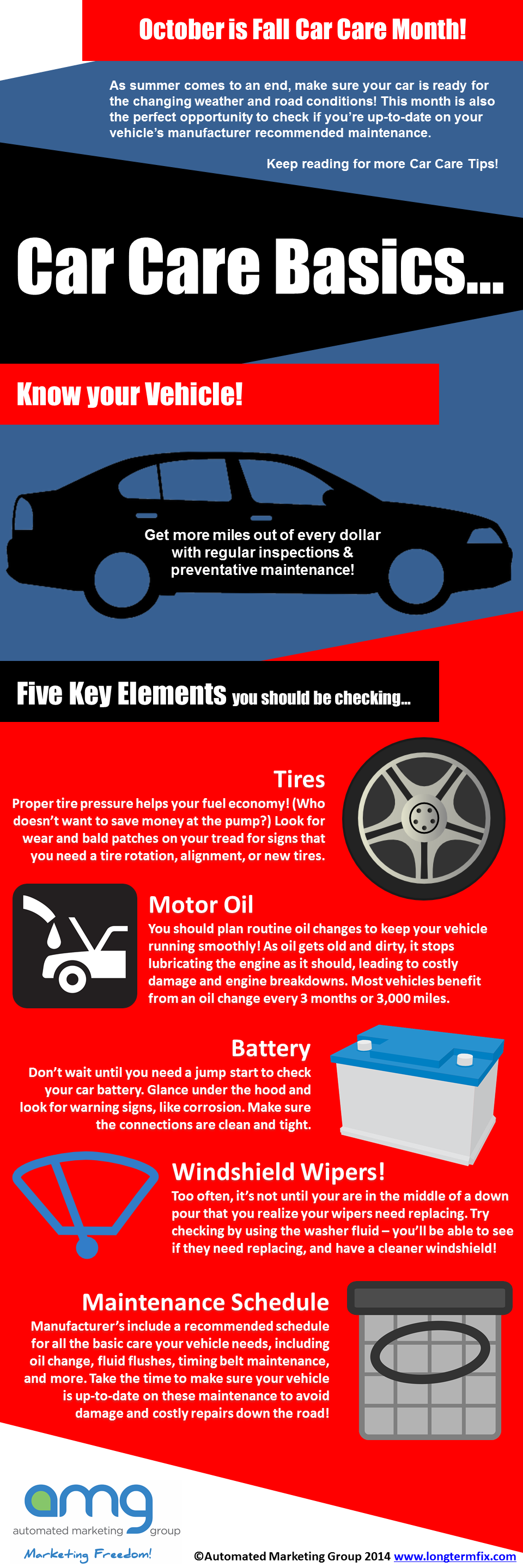Analyzing Your Car'S Caution Indicators: What They Truly Share
Analyzing Your Car'S Caution Indicators: What They Truly Share
Blog Article
Write- car wash interior Composed By-Hartley Shepherd
When you're behind the wheel, those glowing caution lights on your dashboard can be a little bit complicated. Do you understand what they're trying to inform you regarding your car's health? Understanding the significance of these lights is essential for your security and the longevity of your car. So, the following time among those lights pops up, would not you intend to understand its message accurately and take the necessary actions to resolve it?
Common Warning Lighting and Interpretations
Determine common warning lights in your car and recognize their meanings to make certain safe driving.
The most regular caution lights consist of the check engine light, which indicates issues with the engine or emissions system. If this light begins, it's crucial to have your car inspected immediately.
mouse click the next document cautioning light indicates reduced oil stress, needing prompt focus to stop engine damage.
A blinking battery light could suggest a damaged charging system, potentially leaving you stranded otherwise dealt with.
The tire stress surveillance system (TPMS) light notifies you to reduced tire pressure, impacting car stability and fuel efficiency. Disregarding this might lead to harmful driving problems.
The abdominal light shows a trouble with the anti-lock stopping system, jeopardizing your capability to quit promptly in emergency situations.
Last but not least, the coolant temperature level warning light warns of engine getting too hot, which can lead to extreme damage otherwise fixed promptly.
Understanding these common warning lights will assist you resolve concerns immediately and keep secure driving conditions.
Relevance of Prompt Interest
Understanding the usual caution lights in your cars and truck is only the first step; the importance of immediately dealing with these warnings can't be stressed enough to ensure your safety on the road.
When a caution light illuminates on your control panel, it's your car's means of communicating a prospective concern that needs interest. Ignoring these warnings can result in more severe issues later on, endangering your security and possibly costing you much more out of commission.
Trigger focus to cautioning lights can protect against break downs and crashes. For instance, a blinking check engine light might show a misfire that, if left unattended, might create damages to the catalytic converter. Addressing this quickly can conserve you from a costly repair service.
Similarly, a brake system alerting light might signal reduced brake liquid or worn brake pads, important elements for your safety and security when driving.
DIY Troubleshooting Tips
If you see a warning light on your control panel, there are a couple of do it yourself fixing ideas you can try prior to looking for specialist aid.
The very first step is to consult your car's manual to understand what the specific warning light suggests. In some cases the problem can be as simple as a loosened gas cap activating the check engine light. Tightening up the gas cap may solve the issue.
One more typical problem is a low battery, which can set off various warning lights. Examining the battery connections for rust and ensuring they're safe and secure could take care of the trouble.
If a caution light lingers, you can attempt resetting it by detaching the cars and truck's battery for a couple of mins and afterwards reconnecting it. Additionally, examining your automobile's liquid degrees, such as oil, coolant, and brake fluid, can aid troubleshoot cautioning lights connected to these systems.
car grooming services auckland , recognizing your vehicle's caution lights is vital for keeping your vehicle running efficiently and securely. By immediately attending to these notifies and knowing what they imply, you can prevent expensive repair work and potential malfunctions.
Bear in mind to consult your cars and truck's manual for certain information on each warning light and do something about it as necessary to ensure a trouble-free driving experience.
Stay notified, stay risk-free when driving!
